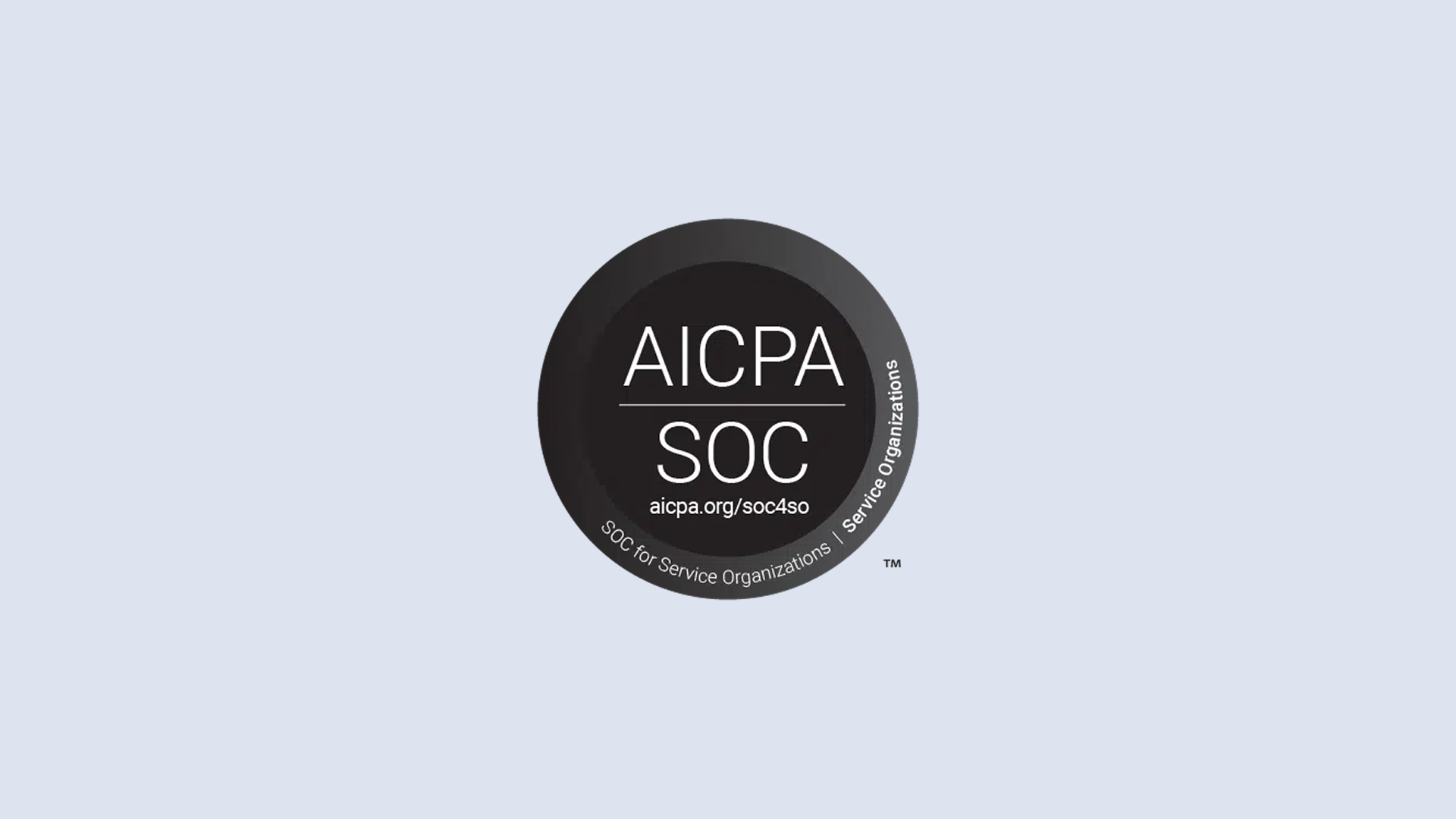The Drug Abuse Screening Test (DAST-10)
Recommended frequency: Every 4 weeks
Summary
The Drug Abuse Screening Test 10 (DAST-10) is a brief, 10-item assessment tool designed to measure, evaluate, and identify drug use problems, excluding alcohol or tobacco. While it can be self-administered, the presence of a clinician is recommended to help clarify questions and encourage honest responses. The DAST-10 is a streamlined version of the original 28-item tool (DAST-28), first published in 1982 as a rapid screener for drug-related concerns. The DAST-10 was developed by Dr. Harvey Skinner and published by the Centre for Addiction and Mental Health (CAMH).
We want to thank Dr. Harvey Skinner for sharing his expertise with us in the creation of this Assessment Guide. Dr. Skinner is the author of the DAST-10 and a professor Emeritus of psychology and global health at York University, as well as professor Emeritus at the Dalla Lana School of Public Health, University of Toronto. Dr. Skinner is a registered psychologist in Ontario and a certified trainer in motivational interviewing. Dr. Skinner’s expertise extends to behavior change interventions, eHealth promotion, and global health initiatives, where he has made pioneering contributions.
About the DAST-10
The DAST-10, developed in the late 1980s alongside the DAST-20, gained widespread adoption in the 1990s and early 2000s among clinicians in primary care, substance use treatment centers, and mental health settings. It quickly gained popularity as a valuable tool for detecting issues of drug use and is now widely regarded as a standard screening instrument in both clinical practice and research.
The assessment was developed to address a gap in the field, namely the lack of screening tools that examined drug use in isolation of alcohol and tobacco. In this clip, Dr. Harvey Skinner describes the context and rationale for developing the DAST-10.
The DAST-10 Validity and Research
The original 28-item DAST was modelled after the widely used Michigan Alcoholism Screening Test (Selzer, American Journal of Psychiatry, 1971). The two shortened versions of the DAST successfully retained robust correlations with the 28-item version. A study by Yudko et al. (2007) found the DAST-10 to be quite sensitive and specific in its measurement capabilities, demonstrating moderate to high internal consistency reliability, robust diagnostic validity, and strong concurrent validity, evidenced by significant correlations with other substance use measures.
The DAST-10 is highly recommended for routine screening by institutes such as the National Institute on Drug Abuse (NIDA) and has been integrated into electronic health record systems and national guidelines for substance use screening protocols. It is also included in the Commission on Accreditation of Rehabilitation Services’ (CARF) updated Behavioral Health Standards Manual, listed as an effective and recommended screening tool for substance use disorders. The DAST-10 is also recommended by many national task forces for its ability to identify potential drug-related problems, without placing a heavy time burden on staff or respondents.
As a result of its widespread adoption, the DAST has been adapted into more than 19 different languages internationally since its development.
In the following clip, Dr. Skinner describes why the DAST-10 is widely adopted and used.













